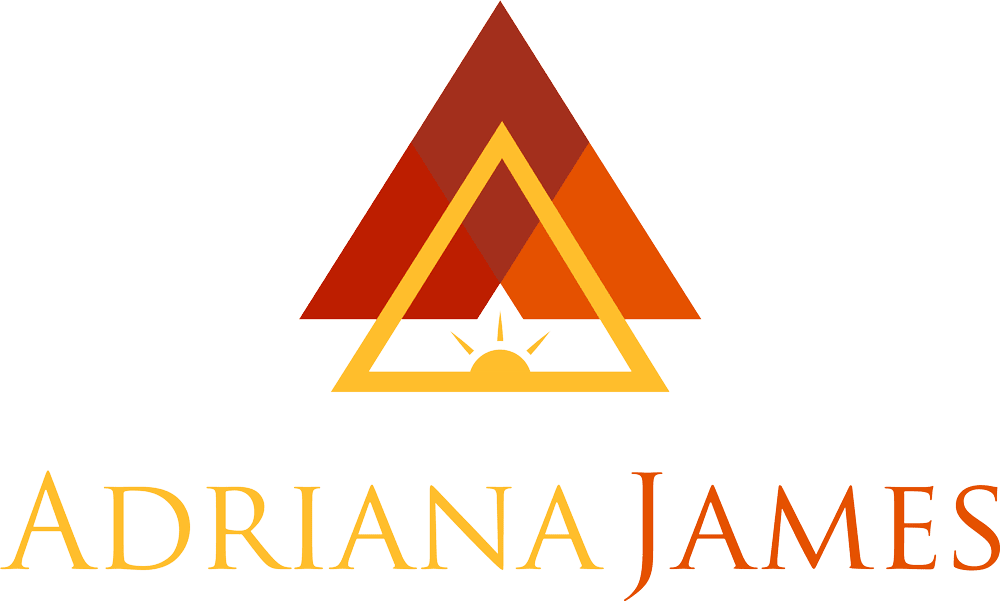Do You Find It Easier to Connect with Some People Than With Others?
People talk about being instantly attracted to some people and indifferent to (or repelled by) others. This is often attributed to their personality or background and the assumption is that there is nothing you can do about the matter because, or course, your personality and past are what they are, NLP takes a different – and much more empowering – approach.
Your Preferred Representation System:
Every human being has one sense which drives their communication style. In Neuro-Linguistic Programming (NLP) we call this their preferred representational system. The basic representational systems include: –
- Visual (based on the sense of sight);
- Auditory (based on the sense of hearing);
- Kinaesthetic (based on the sense of feeling and sensation); or
- Auditory-digital (based on self-talk).
Visual Representational System
People who prefer the visual representational style use visual words and phrases: “Did you see that?” “Look at this example!” “Watch how she does this.” They tend to speak quickly and to breathe high in their chest. You will see their eyes dart around as they observe images and as they recall or construct pictures in their heads. These people are attracted to messages that use visual images and emphasize the visual aspect of your product.
Auditory Representational System
People with an auditory primary representational system will speak slightly more slowly than those with a visual representational system, they tend to breathe slightly lower in the chest, and their words refer to sounds: “Do you hear what I’m saying?” “Listen to that sound.” “That noise drives me crazy!” A person with a primary auditory representational system will respond and be attracted to the words and tonality that they enjoy most. If you speak too slowly or too quickly, if your words are too visual, too abstract, or too feelings-oriented, they will tune out and therefore they will not hear your message.
Kinaesthetic Representational System
In general, people whose preferred representational system is kinaesthetic tend to speak quite slowly and prefer messages that are delivered in a slower, more relaxed style. They tend to breathe deeply in their diaphragm and they like words that represent feelings: “Do you feel that emotion?” “Do you connect with this idea or plan or project?” “I can sense your excitement.” Once again, kineasthetics will tune out if you speak too quickly if you present too many pictures, sounds, or abstract ideas but they will resonate and be attracted by ideas that speak in their tone of voice and use their language.
Auditory-Digital Representational System
The fourth primary preferred representational system is auditory-digital. Auditory-digital people tend to convince themselves. They think and speak in abstract ideas and they are attracted to abstract ideas. Sometimes while you are talking to them you may think that they have tuned out. In reality they are comparing your words with the words and ideas and concepts in their own head and putting them together to see if they make sense or not. When it comes to making the buying decision they will do a lot of the work for you.
This is just a quick overview of the four primary representational systems use in NLP and is designed to help you think about how it might reflect your presentation.
If You Only Use Your Preferred Representational System You Might Lose 75% of Your Audience, so,
It’s important to learn how to appeal to every type of representational system.
Any audience that you speak to will have people from all different representational systems. Unlike personality and background (which are relatively fixed), you can learn to communicate in a way that speaks simultaneously to all different representational systems. NLP teaches you how to build a presentation that does this and multiplies the effectiveness of your one-to-many presentations. You can also learn how to identify the primary representational system of people you talk to individually, so that you can tailor your message to specific individuals.
When you resonate with and engage the majority of your audience your results are transformed and even those people who are not going to buy no matter how convincing you are can become your advocates. These people may later refer you to others in a way they would not have done if you had not attracted their interest and attention.
The World-Changing Power of a Master Speaker
Master speakers and influencers through the ages have learned how to make their message resonate with the greatest possible number of people in their audience while knowing that not everyone will be convinced. Although the terminology of NLP dates from the 20th century, the concepts and psychology behind it can be seen in ancient civilizations, and probably date back to the dawn of human communication. Religious leaders, politicians, and influencers have used the principles of NLP representational systems to transform lives, bring healing, abolish slavery, initiate genocide, and empower women.
You, too, could be part of the movement for world-change if you developed the tools to help you spread your message more effectively. In the 21st century we have infinitely more opportunities to speak to large audiences through videos, podcasts, written materials, and live presentations than ever before.
Don’t you think that your message is important enough to for you to invest some time in studying how you can most effectively reach people who communicate in different ways from your own? One of the benefits of Neuro-Linguistic Programming (NLP) is that it provides students with a clear framework through which to understand others and learn the techniques of great communicators relatively quickly so that they can get results.
Sign up for NLP Practitioner

